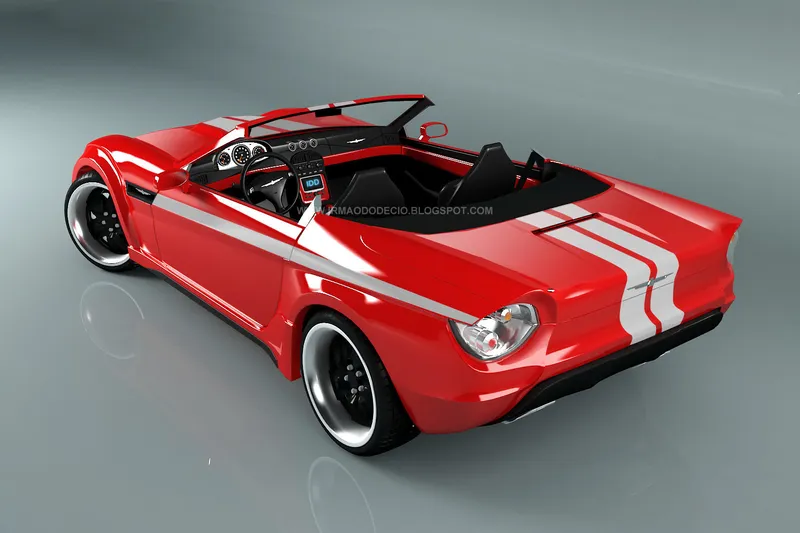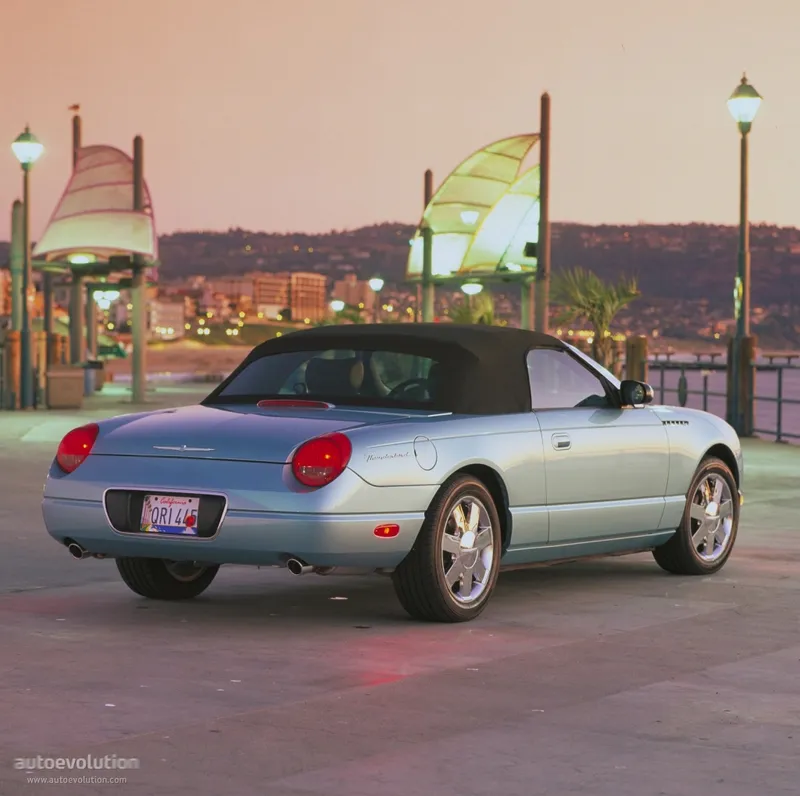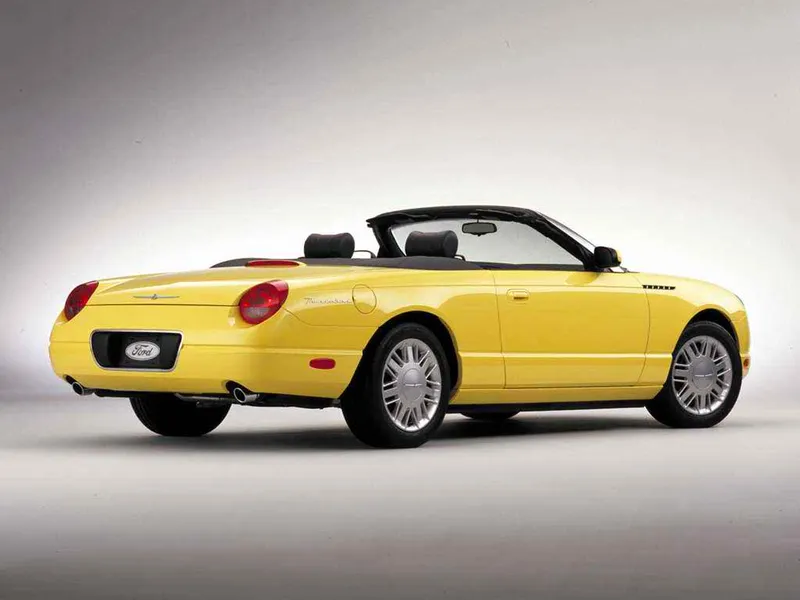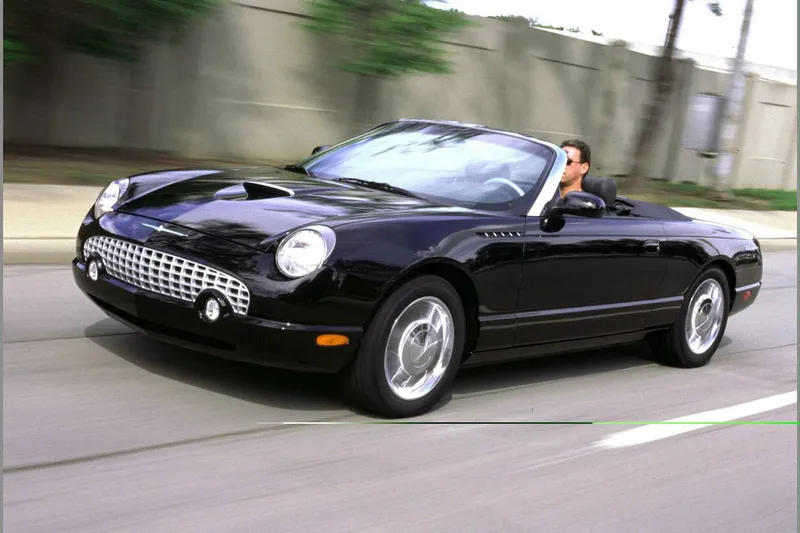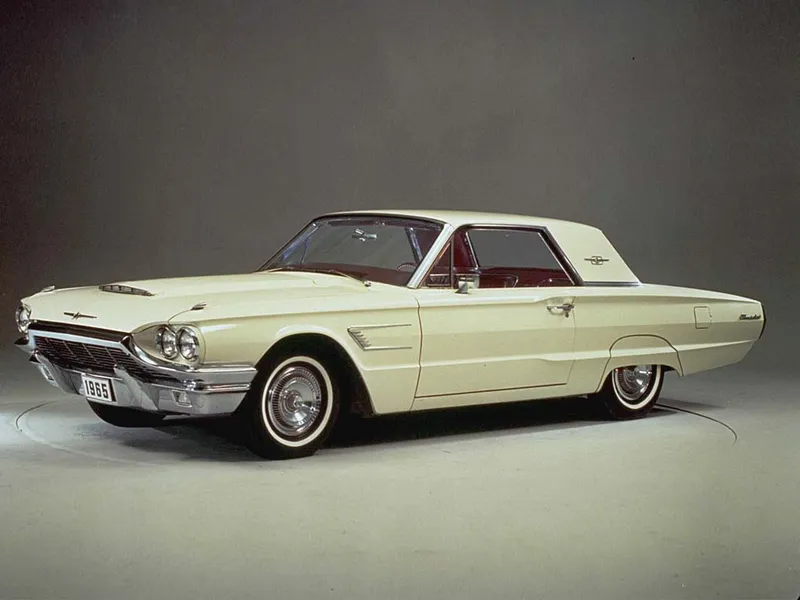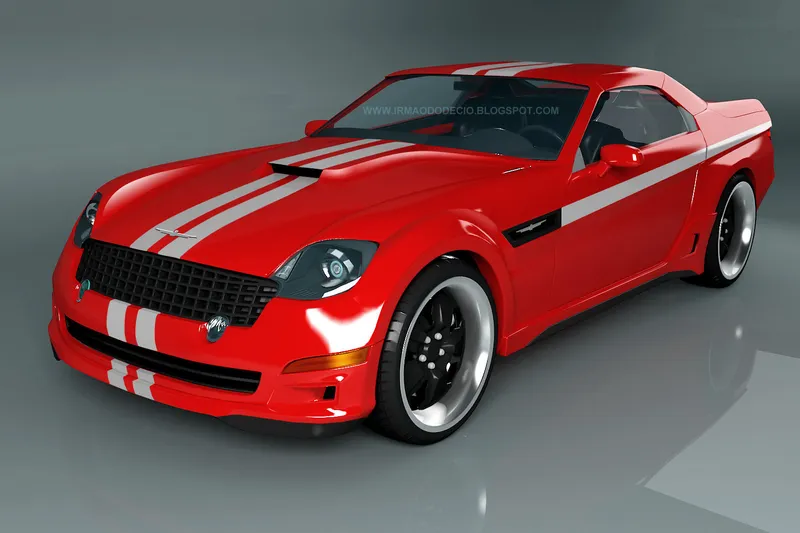
The Ford Thunderbird, often referred to as the “T-Bird,” is an iconic American automobile produced by the Ford Motor Company. Initially introduced in 1955, it was envisioned as a two-seat convertible to compete with Chevrolet’s Corvette. Over the years, the Thunderbird evolved through various iterations, catering to different market segments and design preferences.
Key highlights of the Thunderbird include:
Early Years (1955-1957): The original Thunderbird was a two-seater convertible equipped with a V8 engine. It featured a sleek design, luxurious interior, and a sporty yet comfortable driving experience.
Transition to a Personal Luxury Car (1958-1966): In 1958, the Thunderbird underwent a transformation, becoming a larger, four-seater model. It evolved into a luxury vehicle, offering more amenities and a smoother ride while maintaining its stylish appeal.
Seventh Generation (1977-1979): After a brief hiatus, the Thunderbird returned in the mid-1970s as a larger car. It embraced a more modern design, shifting towards a squared-off body style that reflected the aesthetic trends of that era.
1980s and Beyond: Throughout the 1980s and early 1990s, the Thunderbird went through several design changes, transitioning between various sizes and shapes. It continued to cater to the personal luxury segment, often featuring V6 or V8 engines, rear-wheel drive, and updated technology.
Discontinuation: The production of the Thunderbird faced challenges due to shifting market demands and changes in consumer preferences. Ford discontinued the Thunderbird in 1997 but briefly revived it for a short run from 2002 to 2005, offering a modern interpretation of the classic two-seater.
The Thunderbird holds a special place in automotive history due to its significant impact on the American car market. Its iconic design, performance variants, and role in shaping Ford’s lineup during different automotive eras have made it a beloved classic among car enthusiasts.


